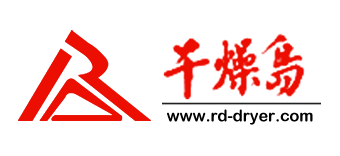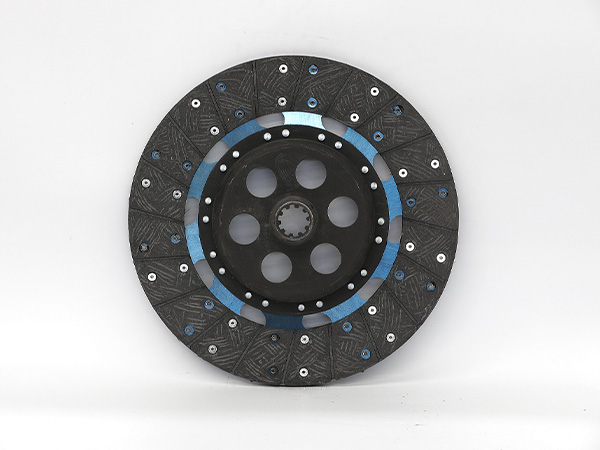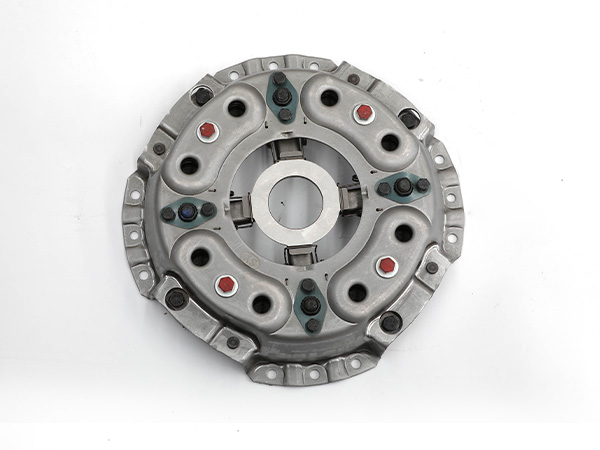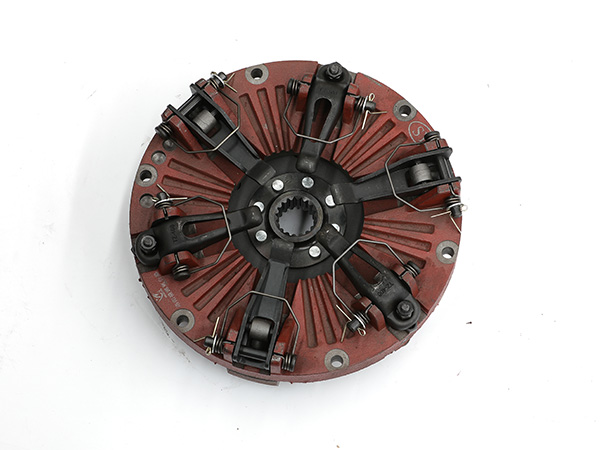The die forging process has high production efficiency, low labor intensity, accurate dimensions, small machining allowance, and can forge forgings with complex shapes; it is suitable for mass production. However, the cost of the die is high, and special die forging equipment is required, which is not suitable for single-piece or small batch production. Therefore, the quality of die forgings is also more concerned by users. Correctly understand the main factors affecting the quality of die forgings. very important meaning.
THE MAIN FACTORS AFFECTING THE QUALITY OF DIE FORGINGS

1. DEFECTS IN RAW MATERIALS
For example, there are residual shrinkage holes, bubbles, porosity, inclusions, etc. in the ingot or steel, which may cause the forging to crack. Forging cracks caused by metallurgical reasons are often accompanied by a large number of oxides, sulfides, silicates and other inclusions. The raw materials of high carbon and high alloy steel are prone to serious segregation of second phases such as carbides. If they are not crushed and evenly distributed during forging, the mechanical properties of the forgings will be reduced, and the forgings may be cracked or evenly distributed during heat treatment. distortion. If there are scratches, scars, folds and cracks on the surface of the raw material, it will bring defects to the forgings. Therefore, raw materials must be inspected in die forging production.
2. HEATING SPECIFICATION
When forging large die forgings and alloy steel die forgings, if the heating speed is too fast, the temperature difference between the inner and outer layers will be large, and the central part will be cracked due to temperature stress and structural stress.
When the heating temperature is too high and the holding time is too long to cause slight overheating, a lustrous, crystalline, and intergranular fracture will be produced. Coarse grains that are slightly overheated can be corrected by annealing or normalizing, followed by recrystallization. In severe overheating, fractures or stone fractures will occur. The characteristics of the fracture are fish-scale bright spots and transgranular fracture; the reason for the fracture is that the coarse austenite grains form an intragranular texture with extremely high stability. Texture characteristics are preserved.
…
For details, please visit:https://www.gold-emperor.com/factors-affecting-the-quality-of-die-forgings/









